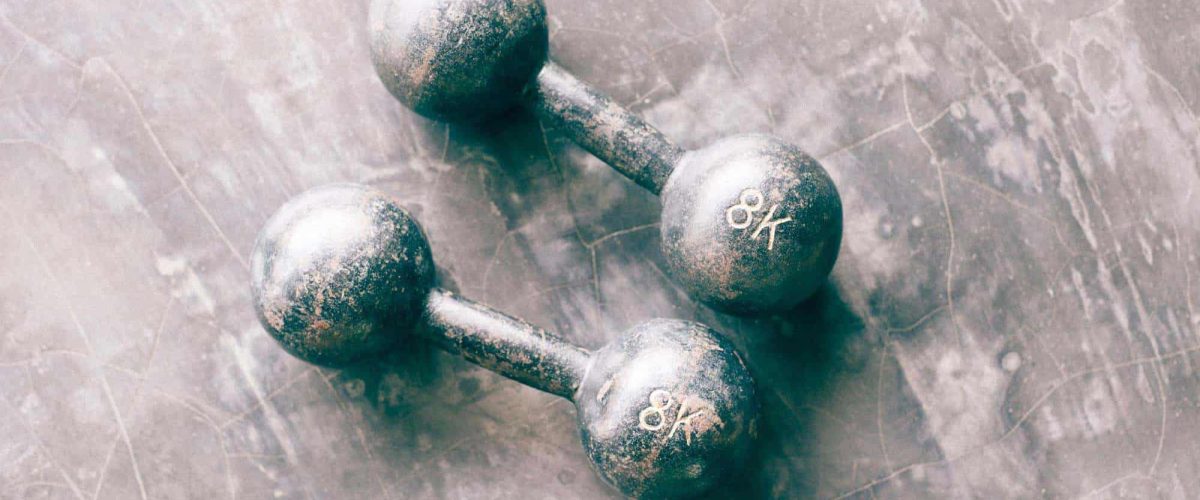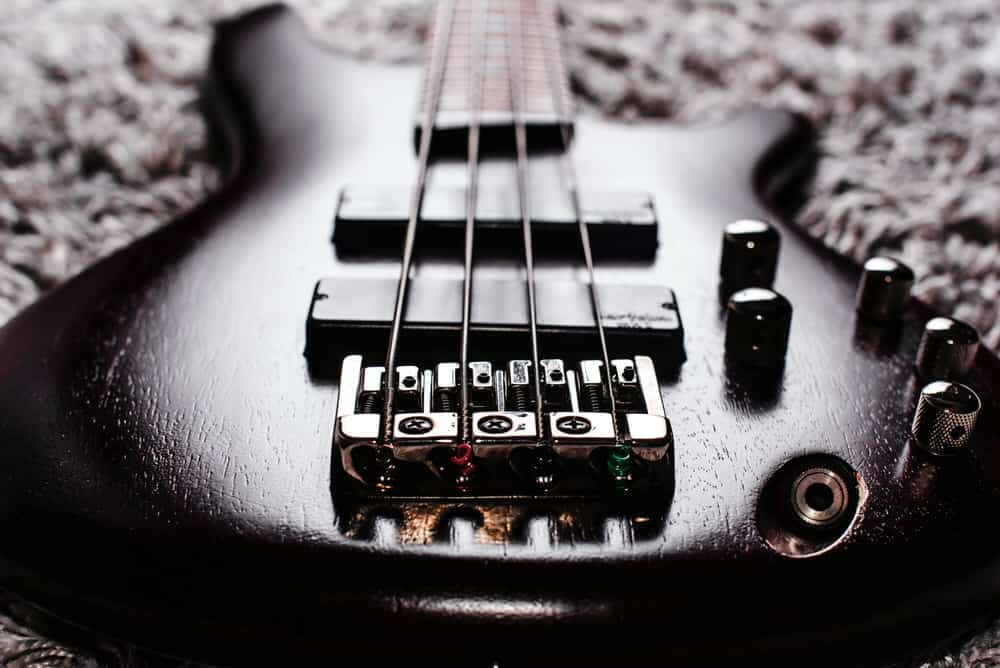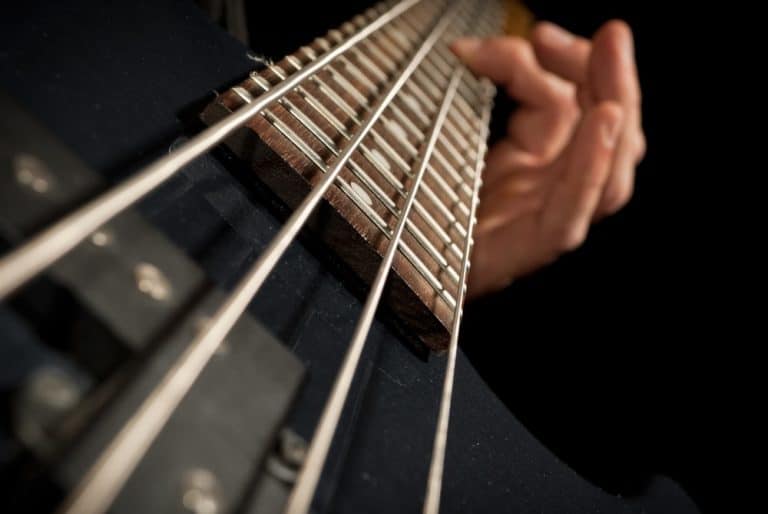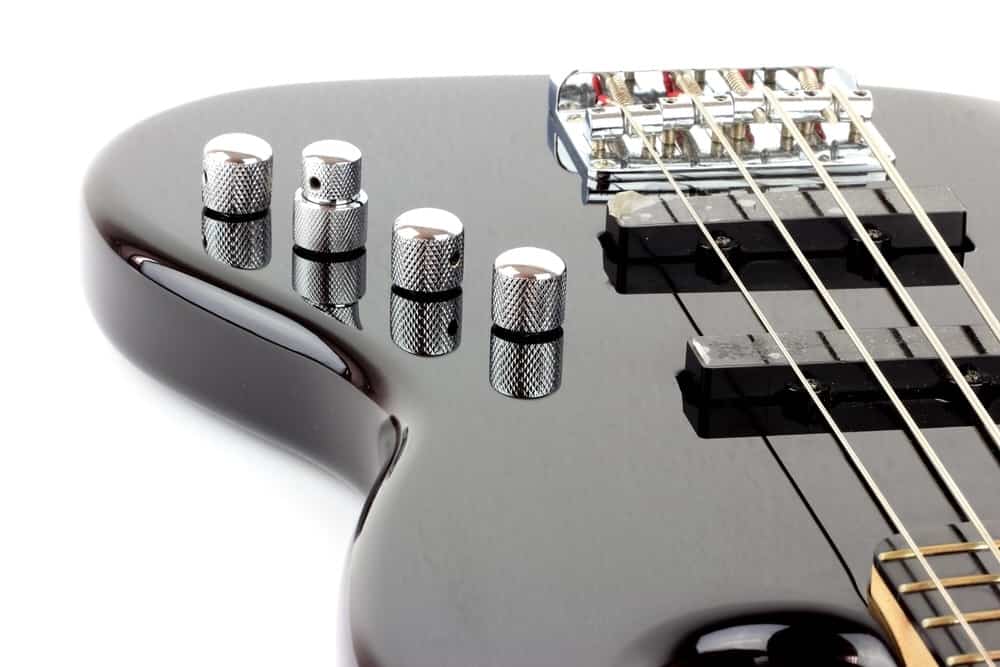Improve Your Bass Guitar Technique
A guide to boosting your bass guitar technique
Want to play the bass guitar better? Technique is the building blocks of any instrumentalist, and for you to boost proficiency and defend yourself from problems, a solid technique isn’t optional; it’s essential. As part of our ‘Beginner’s Guide To Learning the Bass Guitar’ selection, this short article will give you the starting, primary advice you’ll need to start improving right away.

Practice Daily
Many exercises are essential to gain a proper technique. Once you master these exercises, you’ll be able to play almost anything. That sounds like a grand statement – but don’t underestimate the word ‘master’!
If you work enough, you’ll be able to look at a section of music and be confident enough to learn it quickly. For each exercise, there is a specific way to practice it. Your practice is only as good as your form while you practice. So be disciplined about it, as practising exercises wrong is a complete waste of time! We have three key exercise categories that will help you…

1. Scales
Scales are those things that all musicians love to hate. However, they needn’t be something to dread or be bored by.
Due to the patterned nature of the bass neck and the fact that one scale like the major scale will have the same finger pattern or “shape” anywhere on the neck, it is possible to learn scales quickly and have them become a means of exploring the bass neck rather than a chore to be carried out each day.
Another unique feature of the guitar family instruments (of which the bass is one) is that you can have the same note in many different locations on the neck.
This means that it’s possible to play the same scale, arpeggio or even bass line in many different ways.
Try to use this as a way to explore the bass neck. See how many locations a single scale can take you to on the neck and use this unique feature of the bass as a way to be creative in your practice.

2. Arpeggios

By far the most challenging thing to play on the bass is an arpeggio.
They often involve awkward shapes for the fretting hand and difficult string crossing skills for the plucking hand.
However, despite this, they are also one of the most rewarding things you can practice on the bass.
Even practising them for ten minutes each day will work wonders for your fluency and knowledge of the neck.
A great arpeggio exercise is to take all the triads of a harmonised major scale and play through them as arpeggios both ascending and descending.
You’ll have to keep your discipline but the coordination you’ll get from this exercise will be well worth it!
3. String Skipping

As the name suggests, “string skipping” involves playing material that makes the plucking hand move either from one string to another that isn’t adjacent whilst missing the string in the middle. Moving from the E string, skipping the A and playing on the D string is an example.
This can be very tricky but it will become an important skill to learn the more advanced you become as a bassist.
Whilst there are plenty of exercises out there that teach this, it’s also important to learn this in a musical context.
Playing through pieces of Bach will be a great way to master this skill in a musical setting.
General Bass guitar Technique

Wrong technique makes playing more challenging and tiring. Incorrect positioning or posture can cause pain in the shoulders, neck and back. Awkward hand positions can give you stiff fingers and limit your dexterity.
Fixing a bad technique can be tricky, so it’s essential to acquire good habits from the start.
Fretting Hand
Try to keep as straight a wrist as you can at all times. The wrist joint was not designed to bend and when it does, it creates tension in the joint which can lead to pain and a playing injury.
Keep your fingers slightly curved and try to use the soft pads at the tips of your fingers to fret the notes.
Plucking Hand
Again you should aim to have a flat wrist for the same reasons as before. Tension in any form is something you should strive to eliminate.
Use the tips of your fingers to pluck the strings whilst keeping your fingers slightly curved and you should also rest your thumb on the string below the one you are playing.
This will give you stability and also stop the strings that you aren’t playing from ringing out when you don’t want them too. This is known as muting.
If there is no string below the one you are playing (for example, when you play on the low E string) then you can use the pickup to rest your thumb on.
Straps
Whether you’re a beginner or a seasoned pro, a good strap is a must.
Try to purchase one that has a thick layer of padding which will go over your shoulder. This will be comfy but it will also stop the bass from sliding around. The more your bass moves then the more your body has to move with it and this can cause problems.
Ideally, a good strap will keep the bass in one place at all times.
You should also look for a strap which has a very wide surface area. This helps disperse the weight of a heavy instrument.
If it helps, think of a thin strap being like a pair of high heels. Yes, they can support the weight of the person wearing them but they are painful to wear because all the weight of the owner is concentrated down to a single, very small point.
A thin strap does exactly the same thing and more often than not, they result in an injury.
General Posture
The main goal is to avoid tension. Being tense takes up your muscle power so be sure to relax. The more relaxed you are, the more freely your hands can move to play the bass.
The strap should keep your bass titled at roughly a 45-degree angle with the neck being higher than the body.
Stand up straight with your shoulders back and try to avoid slouching forward. Make the bass come to you rather than moving your body towards the bass.
A bass guitar can get heavy over the course of a practise session or performance so good posture is essential.
And if you do experience pain whilst playing, stop right away.
The “no pain, no gain” mentality sounds impressive as a sound bite but in practice, all professionals agree that it’s garbage so leave it in the bin where it belongs!
Improve Your Bass Guitar Technique - Summary
The key to a good technique is to practise often but this doesn’t have to mean doing hours and hours every day.
Sometimes, it’s important to practice just to maintain the skill that you have.
And if you do get out of shape or need to take a break, that’s fine.
You can always practice getting your chops back in shape!
About the Author
Hugh Richardson
Hugh Richardson is a bass player and writer currently based in London, UK. Recently, he has been busy playing on West End shows and tours including Bat Out Of Hell The Musical, Kinky Boots and Priscilla. When he's not performing, he is probably teaching or spending time perfecting his table tennis game!
You can find out more about Hugh from www.onlinebassguitar.com
Other posts by this author
You can find out more about Hugh from www.onlinebassguitar.com
Did You Know What Happens On A Friday?
As regular as I have my morning coffee, I send out an email to you with the four most outstanding things that you absolutely have to know about.
As long as it’s music associated, it could land in the e-mail. Brand new songs, hints, items, critiques – anything at all.
You’ll only be able to see the weekly email if you subscribe below. And we promise to never, ever spam.
Read the next post in this series:




